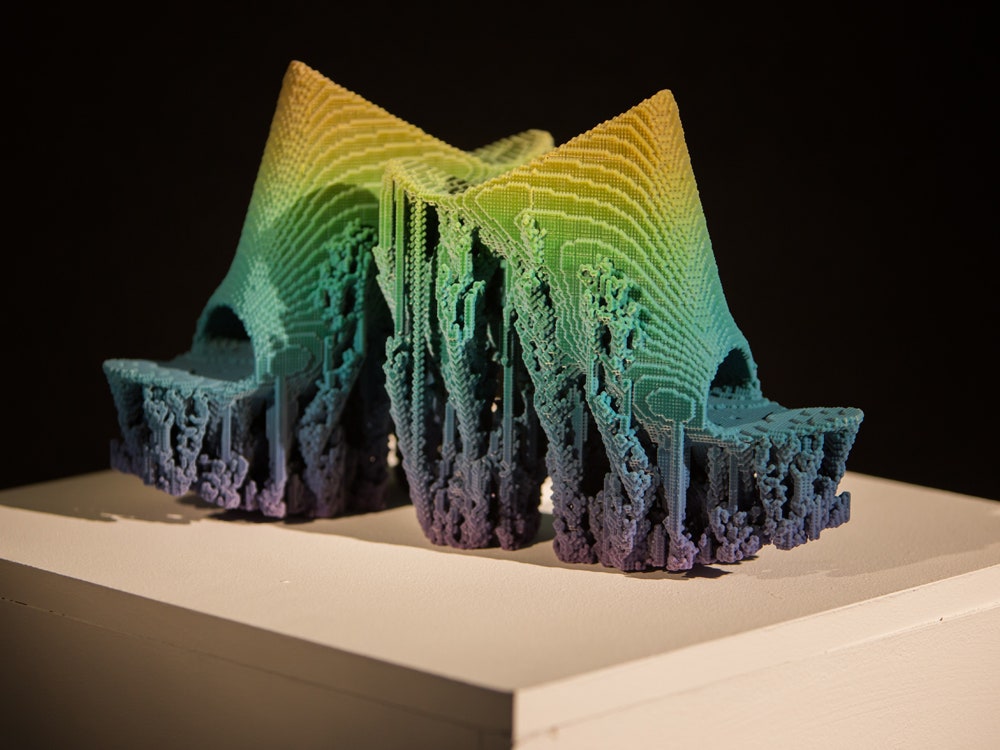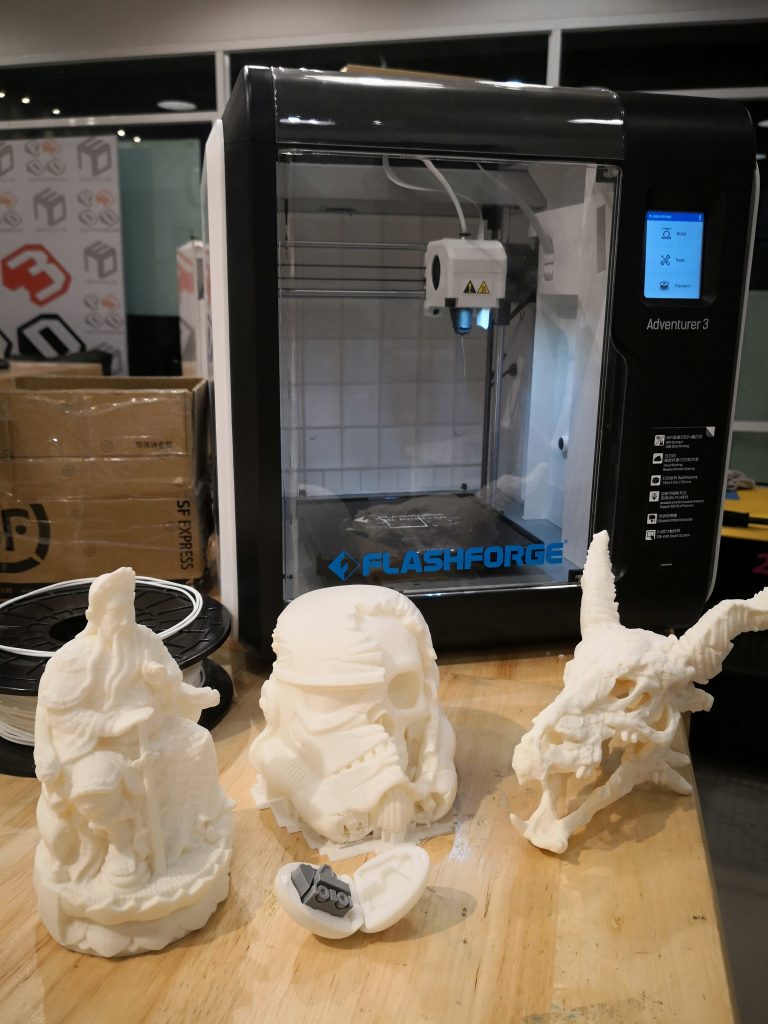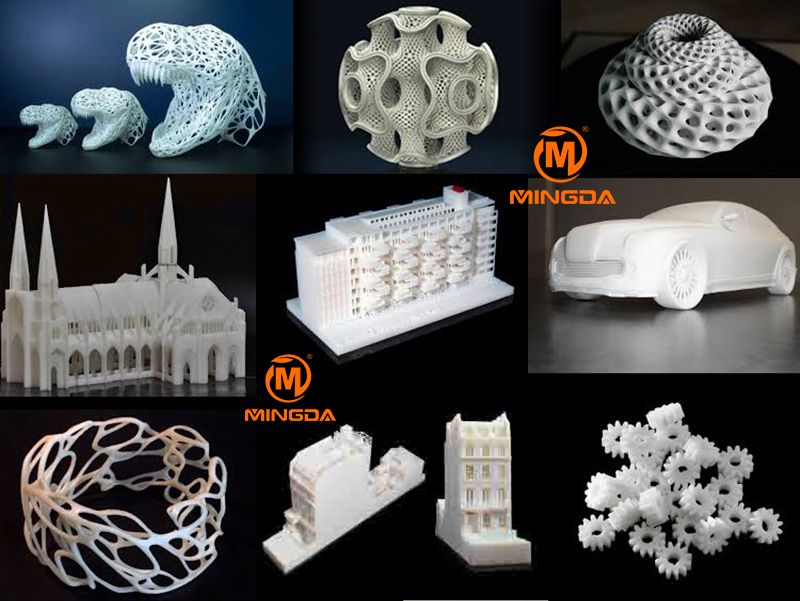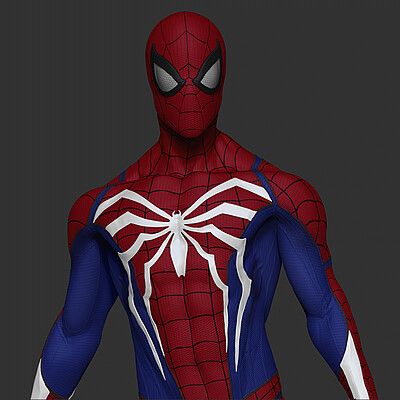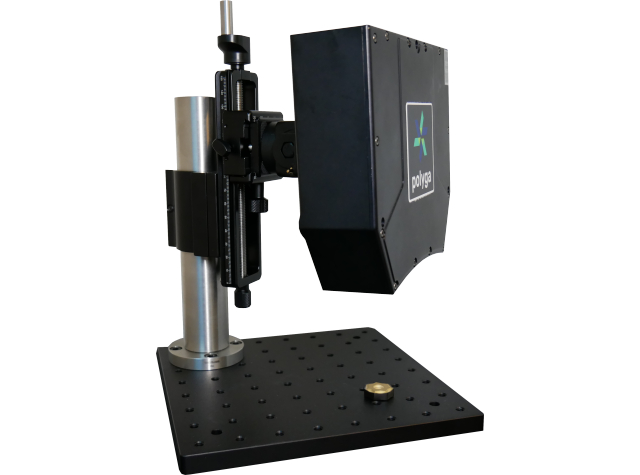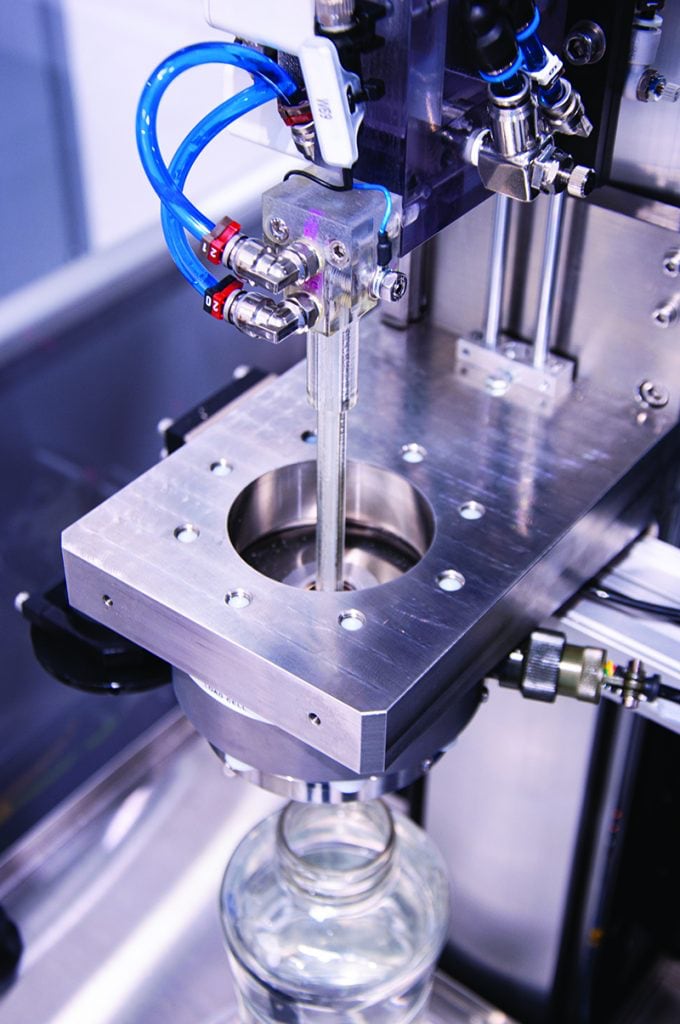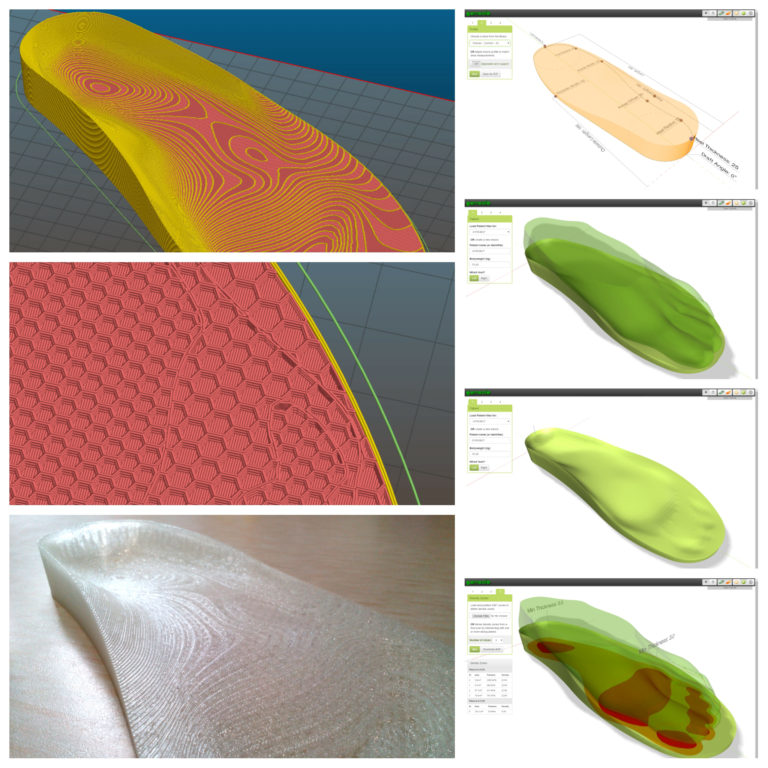3D printer environmental impact
Is 3D Printing A Clean Technology?
I recently picked up a Creality Ender 3, a budget 3D printer. With the kids out of school and most opportunities for enrichment closed for the COVID-19 pandemic, our family needed something fun and educational to do at home. With the price below $200 (not including filament), it was almost a no-brainer. On the other hand, I wanted to make sure we weren’t going to cause problems for their future just to have some educational fun today, and this article is what I found when trying to answer that question.
I wish there was a simple yes-or-no answer, but like most things in life, it depends.
Additive vs Subtractive Manufacturing
The biggest environmental plus to 3D printing is how it works.
Most manufacturing methods are subtractive, meaning that they start with a solid piece of material (like plastic, metal, or wood) and then cut or burn away the parts that aren’t needed. This generates a lot of waste material that must then be thrown away in landfills (and may end up in the oceans), or processed to be used for more raw material,which requires energy to melt, pulp, or otherwise reform.
3D printing, also known as additive manufacturing, does the opposite, and in theory produces no waste (more on this later).
The 3D printer I got uses a spool of plastic filament for raw material. It’s like very thick (1.75mm) fishing line, and comes in 2 kilogram spools. The printer pulls the filament off the roll and shoves it through its “hot end,” which is a nozzle that works like a hot glue gun. This nozzle is moved around in three dimensions with stepper motors, gears, and belts, and it deposits the melted plastic in thin layers. It stacks these layers to produce whatever shape you program the machine to make.
I haven’t assembled my 3D printer yet, but here’s a timelapse video my brother made of his printer. You can’t see the nozzle moving because each frame was taken when the nozzle was in the same position, but you can see how the layers stack to produce an item.
Most consumer 3D printers use plastic, but more expensive printers (usually for business/industrial use) can use metal and other materials for additive manufacturing. It’s a technology that’s quickly changing, improving, and dropping in price, so metal printing is likely going to happen at home in the future.
It’s a technology that’s quickly changing, improving, and dropping in price, so metal printing is likely going to happen at home in the future.
Waste Is Still Sometimes A Problem
Additive manufacturing makes less waste in theory, but that’s not always true in practice.
While established designs are usually easy to print, someone coming up with an original design can go through many attempts and changes before getting it right. Unless they share it on a site like Thingiverse or DEFCAD for others to print, the final design will happen only a few times, making for a pretty high waste to useful product ratio. For that reason, the sharing of useful designs should definitely be encouraged.
Another source of 3D printing waste happens when a design has too much overhang for the drying plastic to hold itself up. To overcome this, people have to use supports, or little thin legs and arms that keep the print from sagging. When the print is done and removed from the build surface, these supports must be pulled or cut away from the print and discarded.
On many sites where 3D print designs are shared and improved, you can see that early designs of a project often need a lot of supports. As the design improves, skilled designers often make little changes to the design to reduce or eliminate the need for supports. The most skilled designers think about this from the beginning, and often make designs that accomplish this from the outset.
One final source of waste is machine errors. This happens the most for new users who don’t know what they’re doing, but can happen to experienced designers whenever they make changes to their workflow. New types of plastic, machine upgrades, new machines, and complex designs can prove a challenge to people of any skill level.
The error issue will never go away, but can be mitigated somewhat through learning. To help minimize waste, I’ve been consulting with experienced people I know, like my brother. I’ve also been doing a lot of reading and watching videos to learn from other people’s mistakes.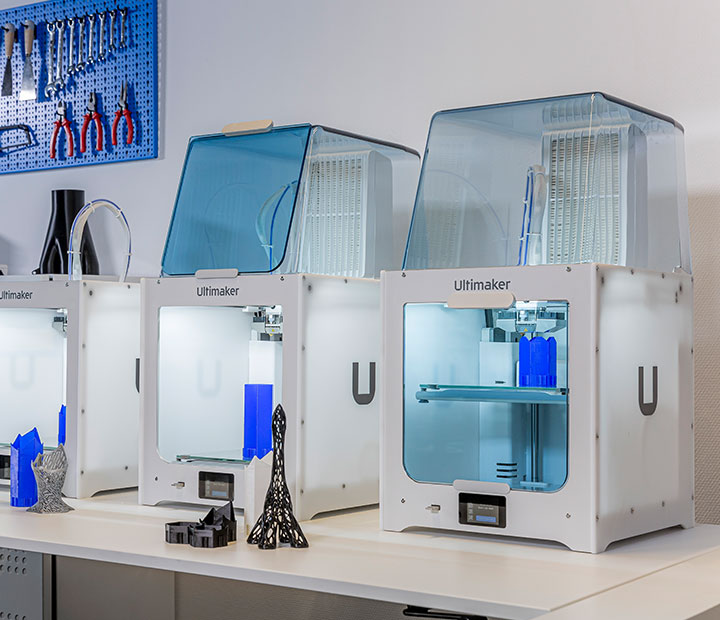 For example, I know from this video that I’m going to need a square when assembling my Ender 3 to make sure I get everything plumb when assembling the printer. That way, it won’t be crooked and mess up the prints.
For example, I know from this video that I’m going to need a square when assembling my Ender 3 to make sure I get everything plumb when assembling the printer. That way, it won’t be crooked and mess up the prints.
Energy
3D printers use electricity to melt plastic or other materials when printing. Whether that’s a negative environmental impact will depend on where your electricity is coming from, like an electric car. If you’re producing your own solar energy at home, the impact of this will be minimal. If you’re using grid energy, the impact will depend on what mix of sources your local grid uses.
If you’re producing items to use locally, a 3D printer will reduce the need for shipping and manufacturing elsewhere, making for a positive impact. On the other hand, if you’re making items to ship to people, there’s no benefit there. Either way, the filament has to come from somewhere, so some shipping will be used.
When used industrially, 3D printed parts can have a great positive impact, especially in transportation. For example, a 3D printed auto part that’s hollow instead of filled with metal or plastic is lighter, and the part’s weight contributes to energy used over its lifetime just moving it around. Additive manufacturing also allows for increased complexity from one part, and GE has used this to great effect with its newest jet and turboprop engines. Not only has this enabled more efficient jet engines, but it has also allowed for simplified workflows, less supply chain complexity (and associated shipping costs), and fewer failures. All of these things lower environmental impact.
For example, a 3D printed auto part that’s hollow instead of filled with metal or plastic is lighter, and the part’s weight contributes to energy used over its lifetime just moving it around. Additive manufacturing also allows for increased complexity from one part, and GE has used this to great effect with its newest jet and turboprop engines. Not only has this enabled more efficient jet engines, but it has also allowed for simplified workflows, less supply chain complexity (and associated shipping costs), and fewer failures. All of these things lower environmental impact.
The impacts of all these improvements add up over time.
What About Plastic Pollution?
Like every other aspect 3D printing so far, it depends.
The most common material used in home printing is PLA, or polylactic acid. Most choose to use it because it’s easy to work with and is relatively strong, but it’s also very brittle compared to other types of plastics. Despite drawbacks, it’s very forgiving of minor mistakes and tends to make great prints in a greater variety of conditions.
Environmentally, its greatest advantage is that it’s derived from biological sources, often from plants like corn. Because plants take carbon dioxide from the air, PLA is mostly carbon neutral. Another advantage is that it’s biodegradable, but the degradation is slow at ambient temperatures. To really make it sustainable, you need to make sure the printed products end up being industrially composted or recycled instead of ending up in a landfill or in the ocean.
In a landfill or the ocean, PLA will eventually degrade, but that would take hundreds of years. However, the plastic is not toxic to organisms like other types of plastics. For example PLA is commonly used in medical procedures where something like a screw must be left behind. It slowly degrades to lactic acid in the body, and doesn’t hurt the patient in the process.
Other types of common printing plastics don’t come from biological sources and aren’t biodegradable. They pose the same problems that any other plastic products pose after printing.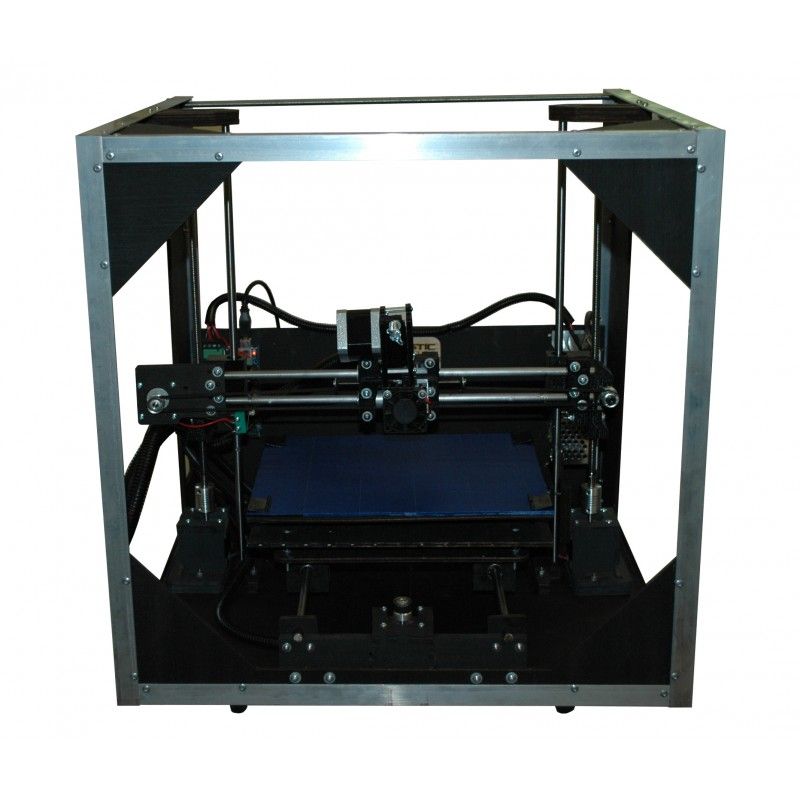
Industrial metal printing is probably more recyclable in the end, and that technology will likely come down in price later. This might eventually make 3D printing more sustainable.
Emissions From The 3D Printer Itself
Another negative impact of 3D printing comes directly from the printer itself. Studies have found that little bits of plastic and some volatile organic compounds end up in the air when printing, and breathing these in isn’t a good idea. Asthma and other breathing problems can be aggravated, and some of the emissions are known to be bad for everyone.
There are several ways to mitigate this issue.
The easiest thing to do is put the 3D printer in a case of some kind. The emissions only occur when the printer is running, and go away pretty fast after it quits. Casing the printer up in a plastic or wood box contains the emissions and protects nearby people. If one must open a case to check on the job, a respirator mask should be used.
Some workplaces put all of their 3D printers in a room and don’t allow workers to enter without a respirator when the machines are running. This is basically the same as the case approach, but on a larger scale.
This is basically the same as the case approach, but on a larger scale.
Ventilation is another good approach to safety from these emissions. By keeping the air moving, or moving the air through filtration systems, you can keep the air clean for humans. Professional advice is recommended for filtration systems. Also, be careful to not create a drafty environment for the printers, as some types of plastics can warp or bend when cooler air blows across them during drying.
Summing It All Up
Like many technologies, 3D printing’s environmental impact depends greatly on the user’s choices. The design choices, sources of energy, types of plastic used, and whether the products are properly recycled all make a big difference. Workplace and home safety are also very important.
By making informed choices about all of these questions, the technology can be very clean. By ignoring the impacts or not getting informed, the technology can be fairly harmful.
Appreciate CleanTechnica’s originality and cleantech news coverage? Consider becoming a CleanTechnica Member, Supporter, Technician, or Ambassador — or a patron on Patreon.
Don't want to miss a cleantech story? Sign up for daily news updates from CleanTechnica on email. Or follow us on Google News!
Have a tip for CleanTechnica, want to advertise, or want to suggest a guest for our CleanTech Talk podcast? Contact us here.
Environmental impact of 3D Printing
Environmental impact of 3D Printing
Posted by Team Recompute on 2nd May 2022
Technology is always updating and evolving, and 3D printing is no expectation. 3D printing, also known as additive manufacturing, is the making of three-dimensional solid objects from a digital file. You have probably seen products being made using a 3D printer. Things like phone cases to home tools to toys. If you can design it, you can print it. 3D Printing has been advertised in some cases as a sustainable, eco-friendly technology that would allow consumers to produce products at home, thereby reducing the amount of energy and resources required to transport items from factories to their homes. However, the technology is not yet advanced enough to make that statement completely true.
3D Printing has been advertised in some cases as a sustainable, eco-friendly technology that would allow consumers to produce products at home, thereby reducing the amount of energy and resources required to transport items from factories to their homes. However, the technology is not yet advanced enough to make that statement completely true.
Lower Distribution Emissions
3D printer can be purchased online or in stores, which gives people the ability to print items from anywhere in the world. This reduces transportation of products and parts to locations, which in turn reduces fossil emissions as less fuel is used. Additionally, with 3D-printed products being lighter (up to 50%), less energy and fuel is consumed when transporting goods. Lighter parts also help in transportation.
Materials
There is a large range of materials 3D printers can use. Recycled plastics are making waves right now and lots of companies are jumping on. Recycling companies are collecting plastic waste and sorting through the different types. They would then grind or shred the plastic waste into large bins for processing. The bits are then melted and extruded through a machine into printing filament to create a new 3D printing filament. The filament made is incredibly cheap yet retains almost all the same qualities as normal plastic. It costs much less to print than if you used commercial filaments.
They would then grind or shred the plastic waste into large bins for processing. The bits are then melted and extruded through a machine into printing filament to create a new 3D printing filament. The filament made is incredibly cheap yet retains almost all the same qualities as normal plastic. It costs much less to print than if you used commercial filaments.
3D printers also use less material than traditional manufacturing. The process allows the product to be created without much waste, as the product is not cut out or material shaved off, thus less excess waste material. With it also being additively manufactured (created layer by layer), the product is lighter and sometimes stronger.
While it's true that 3D printers use recyclable materials in a closed loop process, and the objects they produce are also recyclable, there are still issues with power consumption, disposal and emissions from transportation that need to be addressed before we can safely say 3D printing is good for the environment.
(Tokyo 2020 Olympics podiums were 3D printed with recycled filament)
Energy Consumption
3D printers use a lot of power for machines that only make one object at a time. This means that it takes longer for them to pay back the energy cost from producing them—and this doesn't even take into account how much energy it takes just to run a 3D printer on a regular basis. The cost of running these machines can be pretty high, depending on what model you buy and how often.
The energy required to operate a 3D printer is still high compared with other household appliances, which means they need an outlet in order to function properly. In addition, while there may be some savings when it comes to shipping products overseas due to lower transportation emissions, these same savings will likely not be seen when it comes down to transporting items locally or domestically where distance travelled is much shorter and therefore less fuel needed per item transported.
As with any product, it is very important to consider the environmental impact that 3D printers have. While no product can be completely sustainable, comparisons must be made between competing products and technologies to determine which is most efficient in terms of resource consumption, material depletion, and waste production. As these numbers become more widely known among consumers, a transition towards more environmentally friendly products will take place.
3D printing shows the huge potential to revolutionise manufacturing, and the speed at which companies develop new types of materials could be key to displacing traditional processes. Many companies are already working on developing new materials, from biodegradable plastics to recyclable models that waste fewer resources during production. No matter how this plays out in the short-term, 3D printing is here to stay, and we can expect 3D printers will reduce environmental impact as their popularity grows.
Eco-friendly use of 3D printers in the home and industry
Vegetarianism, electric cars, green energy. Increasingly, people are beginning to think about the destructive impact of humanity and production on nature.
Increasingly, people are beginning to think about the destructive impact of humanity and production on nature.
Global warming (this is especially noticeable in the last decade), pollution of the world's oceans, garbage dumps, the extinction of some animal species or even entire ecosystems. If you do not start to fight this today, then in a hundred years, hardly anything will remain of the former natural greatness.
3D printing, due to its versatility, helps many scientists and enthusiasts in various fields in solving large and global problems, for the conservation and ecosystems of our still green planet.
Sustainable production
First of all, 3D printers help to make production more environmentally friendly. Using 3D printing instead of traditional manufacturing methods helps reduce waste and greenhouse gas emissions.
Air Emission Reduction
Smoke, garbage, gases, toxic fumes are frequent "companions" of traditional production methods. However, they can be significantly reduced or completely eliminated if a 3D printer is working in the workplace or at home.
However, they can be significantly reduced or completely eliminated if a 3D printer is working in the workplace or at home.
Mass production vs. 3D printing
At first glance, it seems that mass production is less harmful to nature than piece-by-piece production on a 3D printer. But it turned out that this is not entirely true. Joshua Pierce and colleagues traced the life cycle of three household items - an orange juicer, parts from a children's designer and a drainpipe segment.
Joshua Pierce, Michigan Technological University Scientist USA
It turned out that the production of, at first glance, such ordinary household items consumes a huge amount of resources - the extraction of raw materials and their processing, production, storage and delivery to the final consumer. In mass production, stamping or casting is usually used, after which plastic scraps are sure to remain.
3D printing can significantly reduce the production chain, and consequently, energy costs (by about 40-60%).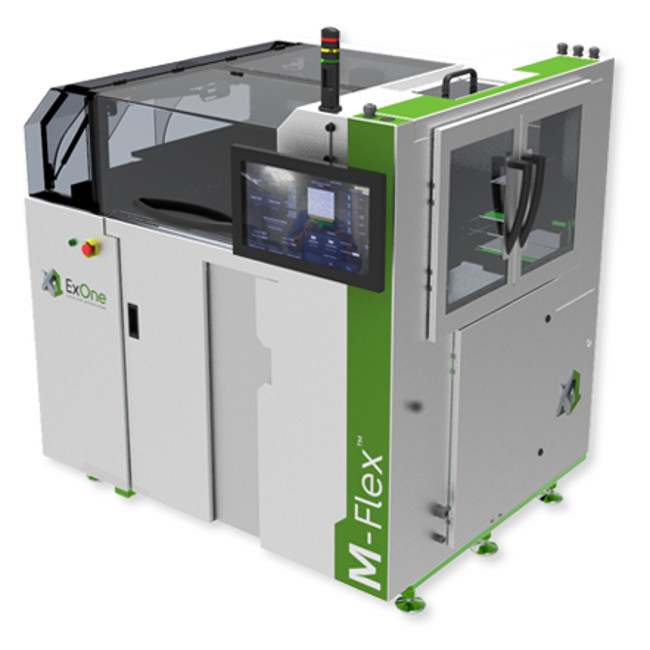 After all, 3D printing (provided that the client has his own printer) does not require delivery - it is enough to send a digital 3D model. Printing can be more accurate and leave less plastic waste behind. A 3D printer can even produce hollow or lattice parts that are technically impossible to mass-produce by injection molding or moulding.
After all, 3D printing (provided that the client has his own printer) does not require delivery - it is enough to send a digital 3D model. Printing can be more accurate and leave less plastic waste behind. A 3D printer can even produce hollow or lattice parts that are technically impossible to mass-produce by injection molding or moulding.
Reduced fuel consumption
In the world, more and more manufacturers of cars and motorcycles are beginning to develop the direction of electric motors. There are new and more affordable electric vehicles, the infrastructure for the maintenance of electrical engineering is developing. Many countries set themselves the goal of reducing the use of fossil fuels as much as possible in the near future.
Strati 3D printed electric car
But unfortunately, abandoning fossil fuels in the next few decades is a utopia. But 3D printing is already helping to at least reduce the amount of fuel consumed. This is achieved due to the maximum lightening of the weight of both the machine itself and the mechanical components of the internal combustion engine (internal combustion engine).
This is achieved due to the maximum lightening of the weight of both the machine itself and the mechanical components of the internal combustion engine (internal combustion engine).
Engine hood hinge, 3D printed on the left and sheet metal on the right
Sustainable production
3D printing helps not only to reduce industrial emissions into the atmosphere, but also helps to find and implement new ideas. After all, each owner of a 3D printer can himself model and manufacture a device or object that, in his opinion, will help to resist climate change.
Eco glasses
Disposable plastic cups are a headache for environmentalists around the world. According to statistics, the average person uses a plastic cup for 15 minutes, and it will take from 400 to 450 years to decompose in the garbage.
Plastic, due to its properties, is difficult to replace, especially in the food industry, but some enthusiasts are trying to do it.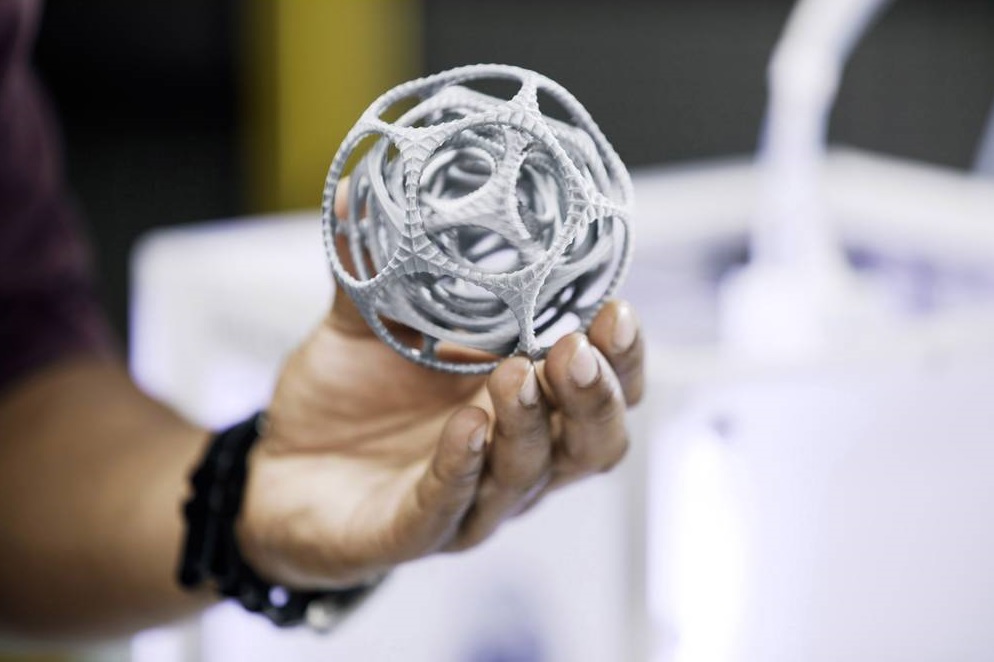 Jun Aizaki thinks he can solve this problem with pumpkins.
Jun Aizaki thinks he can solve this problem with pumpkins.
HyO-Cups or natural cups
Even prehistoric people adapted to use bottle gourds as reservoirs for water. Thanks to the 3D printed shapes, you can give almost any shape to a growing pumpkin.
gourd in the form of a jug
Animal rescue
3D printers are actively helping our smaller brothers. In addition to medical uses such as prosthetics, 3D printing helps preserve and restore entire ecosystems.
Animal prostheses
The biggest challenge in animal prosthetics is the creation of an often miniaturized but lightweight and precise prosthesis. Manually or by other methods, this is sometimes impossible. In this case, the only way out is 3D printing.
Curano Cat
Curano the cat lived a full life for 9 years, delighting his owners, until he got cancer. Curano's owners did everything possible to save their pet and although the cancer receded, Curano's back left leg was badly damaged. Amputation of the leg could create new problems and it was decided to try to replace the patella with an implant.
Amputation of the leg could create new problems and it was decided to try to replace the patella with an implant.
The miniature implant was 3D printed from a cobalt-chromium alloy using DMLS (Direct Laser Sintering) technology. It was impossible to manufacture by any other means, because the implant must not only be miniature and durable, but also completely repeat the complex relief for high-quality integration into the bone.
Holly horse
Holly is a ten year old mare who suffered from laminitis.
Laminitis is a disease of artiodactyls resulting from poor circulation of the hoof plates. Due to laminitis, Holly experienced severe pain in her legs, not only when walking, but also when standing.
Veterinarian Luke Wells-Smith heard of successful attempts to make custom titanium horseshoes for racing horses.
3D printed titanium horseshoes
The guys from the Australian National Science Center were imbued with Holly's misfortune and decided to help.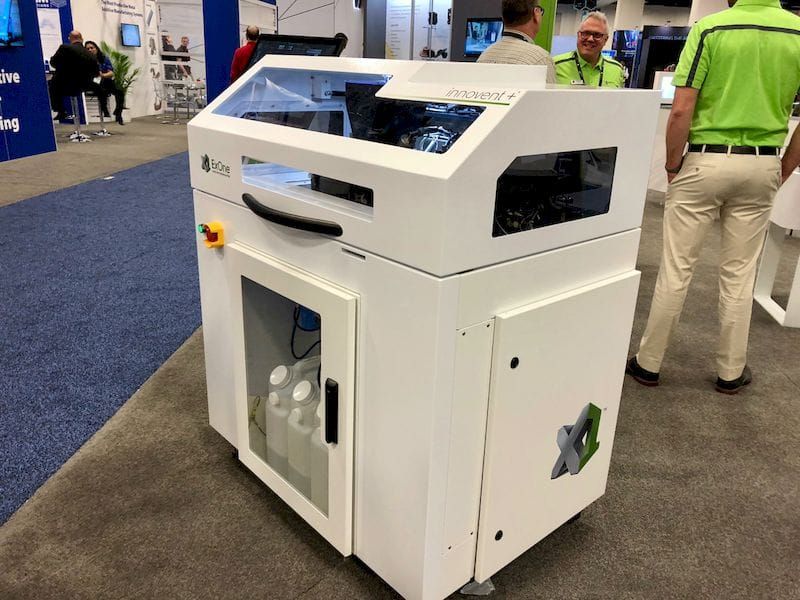 In collaboration with a equine orthopedist, special horseshoes were created for Holly. They made it possible to lighten the hoof and more evenly distribute the load on the legs.
In collaboration with a equine orthopedist, special horseshoes were created for Holly. They made it possible to lighten the hoof and more evenly distribute the load on the legs.
Holly's hoof scan
The new shoes helped Holly start not only walking without pain, but also running.
Akut sea turtle
The collision with the propeller of the boat was unfortunate for the Akut-3 sea turtle. Most of the upper and lower jaws were missing. This meant almost guaranteed slow death for the tortoise, but she was lucky.
The Tortoise Research and Rehabilitation Research and Rehabilitation Center, where the turtle ended up, turned to the Turkish company Btech, which specializes in medical 3D printing. Btech was able to scan and fabricate the missing part of the Akut jaw from titanium.
3D model of the prosthesis for Akut on the left and the finished prosthesis on the right
The surgeons succeeded in implanting the turtle's titanium jaw, and after a successful rehabilitation, it can be released into the wild.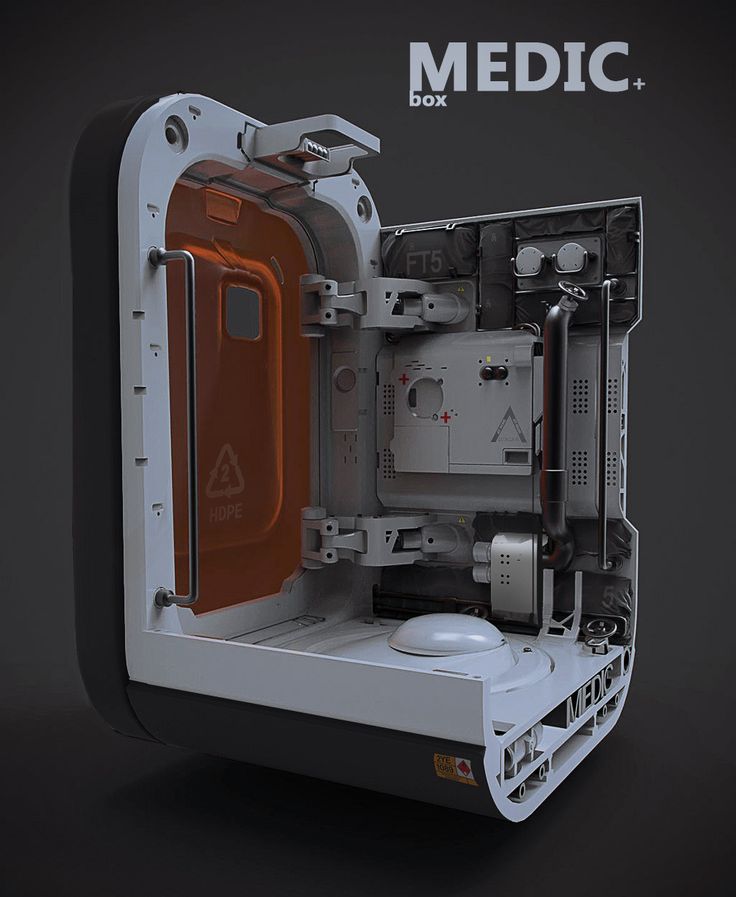
Turtle with prosthesis
Cleopatra tortoise
Nicola Novelli picked up and left a small land tortoise. But due to malnutrition, the shell of the turtle, Nicola called her Cleopatra, was deformed (had the shape of a pyramid) and thinned. If the shell had cracked, then Cleopatra could have died from an infection.
Cleopatra's deformed, pyramidal shell
Nicola approached Colorado Tech University with a request to make a prosthesis for Cleopatra. Specialists from the university and a 3D printing company in Denver scanned and produced a shell overlay from polylactide, a biodegradable, biocompatible polymer. Due to the complex relief of the shell, the model had to be printed in parts.
Cleopatra with escutcheon
Since Cleopatra is still a teenager and will continue to grow with age, the “prosthesis” will have to be changed periodically.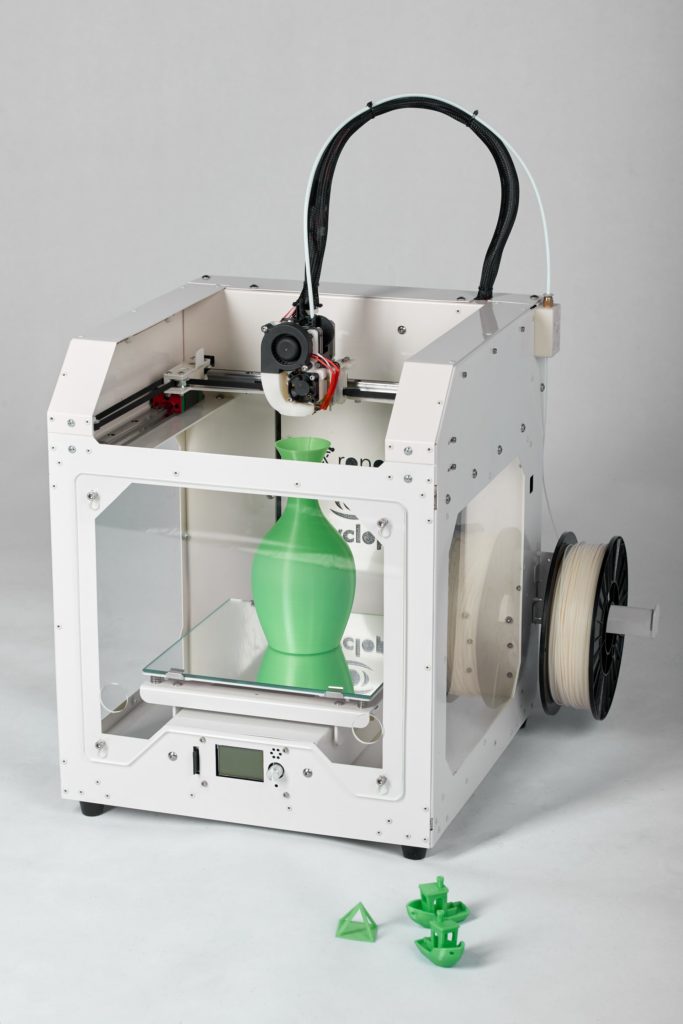
Hermit crab houses
In the wild, it's bad to be small and weak. But hermit crabs were able to adapt and use empty shells of gastropod mollusks as a reliable shelter.
Hermit crabs
Due to the pollution of the beaches, many hermit crabs, in search of a new "house", fell into deadly traps from plastic bags, bottles, canisters and died. And natural shelters are becoming less and less. Hermit crabs have to use plastic garbage, which is not at all suitable for this.
Hermit crabs use rubbish as a home
Some enthusiasts are trying to help the unfortunate crustaceans and are trying to make them a worthy replacement house.
For example, MakerBot employees created the project "Shelter", where they offer anyone who wants to design a 3D model of a shelter for a hermit crab. The best works will be 3D printed and tested by crayfish.
From concept to implementation of 3D printed crayfish houses
But the Japanese artist Aki Yamomata, inspired by the idea of a peaceful exchange of land between countries, implemented a project of printed transparent houses for hermit crabs in the form of small towns.
Cancer in a new home made with photopolymer printer
To make sure that the new inhabitants liked the houses, they were based on tomographic images of shells, finalized in a 3D editor. Finished models are made from transparent resin on a photopolymer printer.
Conservation and support of ecosystems
In addition to prosthetics, 3D printing helps, although not to avoid some environmental disasters, but at least to slow them down. And this can give scientists more time to figure out the reasons and reach out to people.
Great Barrier Reef
It is the largest and oldest coral reef in the world. It is so huge that it can be seen from space (the area of the Great Barrier Reef is about 344,400 square kilometers). In addition, corals are home to many species of fish and other marine life.
Great Barrier Reef from space
But despite its gigantic size, it is endangered.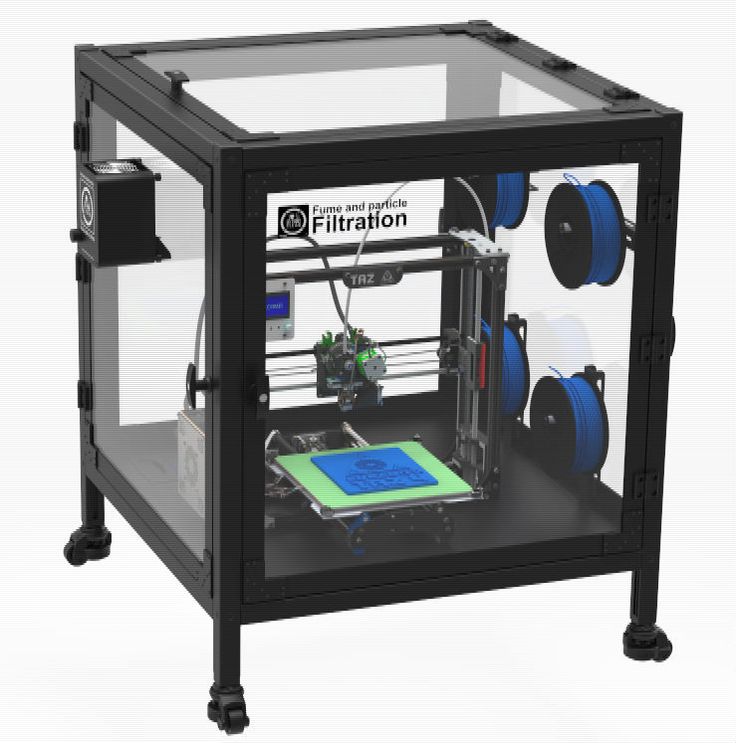 Due to rising water temperatures, pollution of the world's oceans and climate change, the endosymbiotic algae that give the corals their bright color are slowly dying out.
Due to rising water temperatures, pollution of the world's oceans and climate change, the endosymbiotic algae that give the corals their bright color are slowly dying out.
Scientists from the University of Sydney are using 3D scanning and 3D printing to save the Great Barrier Reef. Using 3D scanning, a detailed map of the reef was built. With it, you can track and predict the most vulnerable places.
Using a 3D printer, scientists are making a variety of structures that can support the Great Barrier Reef. For example, sections are printed that serve as a home for algae-eating fish that kill corals. Previously, special blocks or prepared, sunken ships were used for this purpose, but 3D printing makes it possible to imitate the natural structure of the reef much more accurately.
Sandcrete mix artificial reef
Restoring dead ecosystems
Scientists plan to use this technology not only to maintain existing ecosystems, but also to restore those that have disappeared.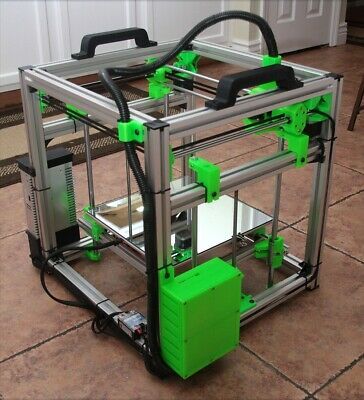 After all, to date, about a third of the world's coral reefs have been destroyed.
After all, to date, about a third of the world's coral reefs have been destroyed.
Thanks to 3D printing, there is a chance to at least slightly improve the situation. Using the new Modular Artificial Reef Structures (MARS for short) technology, scientists are trying to introduce 3D printed structures that can become a home for reefs.
Artificial “reef” on the left - recently installed, on the right - after some time
The advantage of such block structures is the ease of installation. Indeed, for their immersion and installation, cranes or other equipment are not required. Several divers can deliver them to the bottom in separate blocks. Each block has hollow sections that are filled with rebar and special concrete for durability.
Modular system installed
One of the largest 3D printed "coral reefs" has already been placed in the Maldives.
Waste reduction
In addition to restoring ecosystems, it is necessary to reduce household waste emissions. And here 3D printing becomes a valuable assistant.
And here 3D printing becomes a valuable assistant.
Cora Ball
Cora Ball is a development of the Rozalia Project. The Cora Ball is a small plastic ball that picks up the microfibers that spill from our clothes during the wash. This way, dirt and fibers that may have entered waterways and oceans will remain in the bin. After all, these microparticles can be eaten by fish and other animals.
Prototype Cora Ball
Although mass production was planned to be done by molding, the first batches and prototypes of Cora Ball were made on a 3D printer.
The second life of broken things
Any mechanism wears out and fails over time. Often, to restore the working capacity of the mechanism, it is enough to make a small plastic part. So thanks to 3D printing, many things do not end up in a landfill, further polluting our planet, but get a second life.
RU machine
Radio-controlled cars have long become not only children's toys.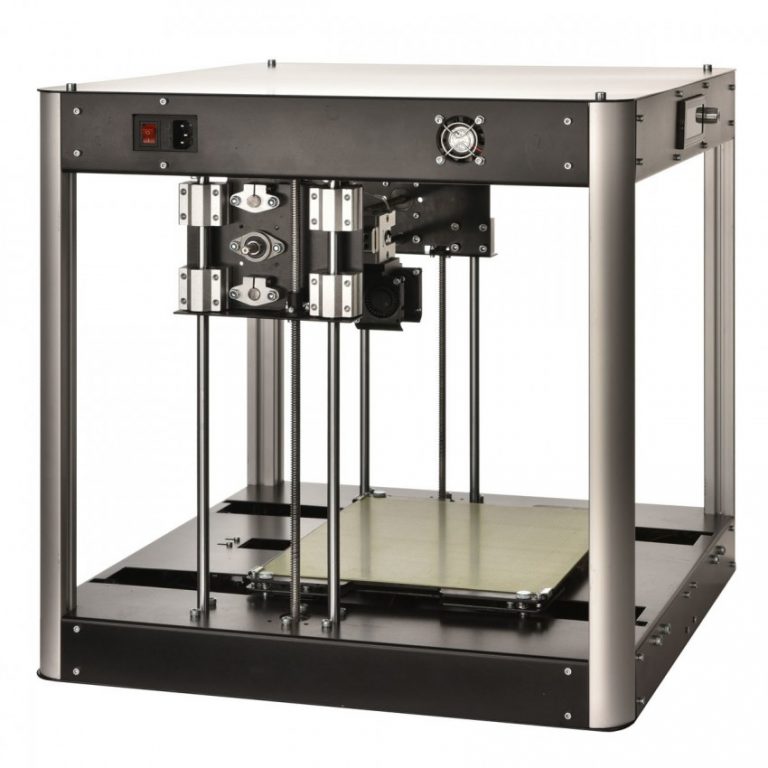 Many adults do not mind remembering their childhood and racing on an impromptu track.
Many adults do not mind remembering their childhood and racing on an impromptu track.
RU machine
The weak point of all RC machines is the plastic suspension. For expensive replica models, you can almost always find spare parts, but for rare or Chinese models, they are not.
Instead of throwing away an almost working toy, you can make a broken element on a 3D printer. When modeling, you can even increase the strength of the part by adding stiffeners in weak places.
Rear hub of 1/18 scale car
Some enthusiasts 3D print the entire chassis. This makes it easy to replace broken elements and quickly refine and correct design flaws.
3D printed RC car chassis
The second life of the meat grinder
Even such seemingly eternal things as a metal meat grinder can break. The most annoying thing is that a part that does not have a strong load has broken.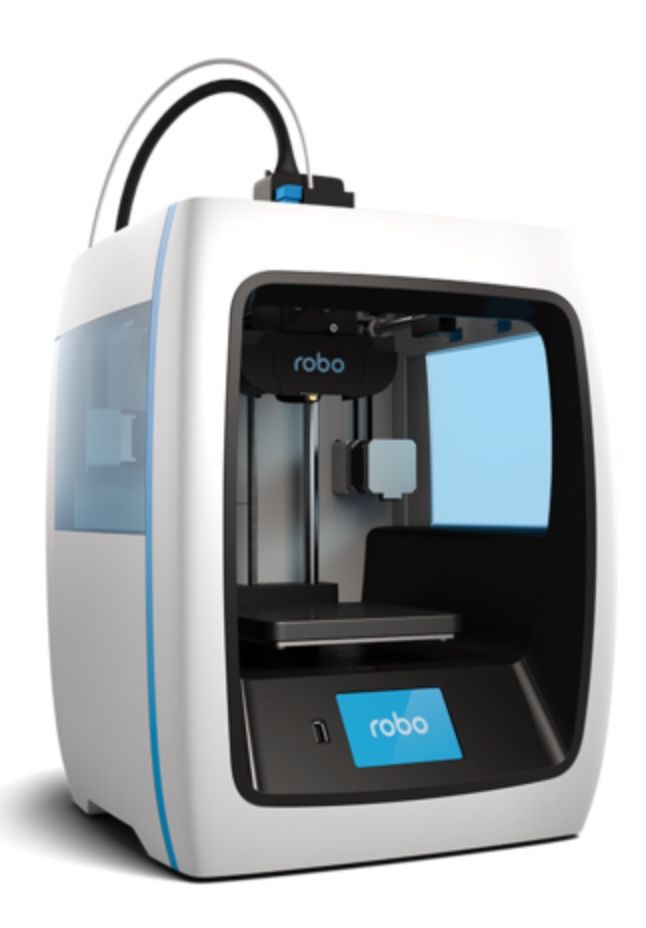
Clamping nut for a meat grinder, made on a 3D printer
A variety of materials allows you to print on a 3D printer a replacement for almost any plastic part. It can be a gear for a blender, a plastic handle for a washing machine and much more.
In some situations, when the model is rare and old, there are no even original used spare parts. 3D printing allows you to give your favorite home appliance many more years of life, instead of rotting in a landfill.
Vehicle seal
Sometimes a small, cheap piece breaks in an important node. But the manufacturer sells the necessary spare part only in the collection. Because of this, you have to not only overpay for the necessary part, but also throw away the unnecessary, albeit almost working, mechanism.
Washer nozzle for Toyota Avensis - 3D printed on the left, original on the right
A 3D printer becomes a “lifesaver” if you need to make a spare part that is already difficult or impossible to get. For example, this part is no longer produced, but the BU option could not be found, or delivery will cost more than the part itself.
For example, this part is no longer produced, but the BU option could not be found, or delivery will cost more than the part itself.
Green Energy
The transition to green energy is an important step in reducing emissions of greenhouse (and not only) gases into the atmosphere.
Wind energy
Wind energy is a renewable and “clean” energy source. Despite some disadvantages (variability of wind power and therefore uneven power generation), it is promising for some countries. For example, in Denmark, in 2019, windmills generated 48% of the electricity consumed.
There are several options for wind turbines - with a vertical and horizontal axis of rotation.
Main types of wind turbines
Vertical-axial wind turbines have a lower efficiency compared to horizontal-axial ones, but their use requires that the wind speed be more than 6 m/s. In Russia, the average annual wind speed does not exceed 5 m/s, so wind turbines with a vertical axis are more often used.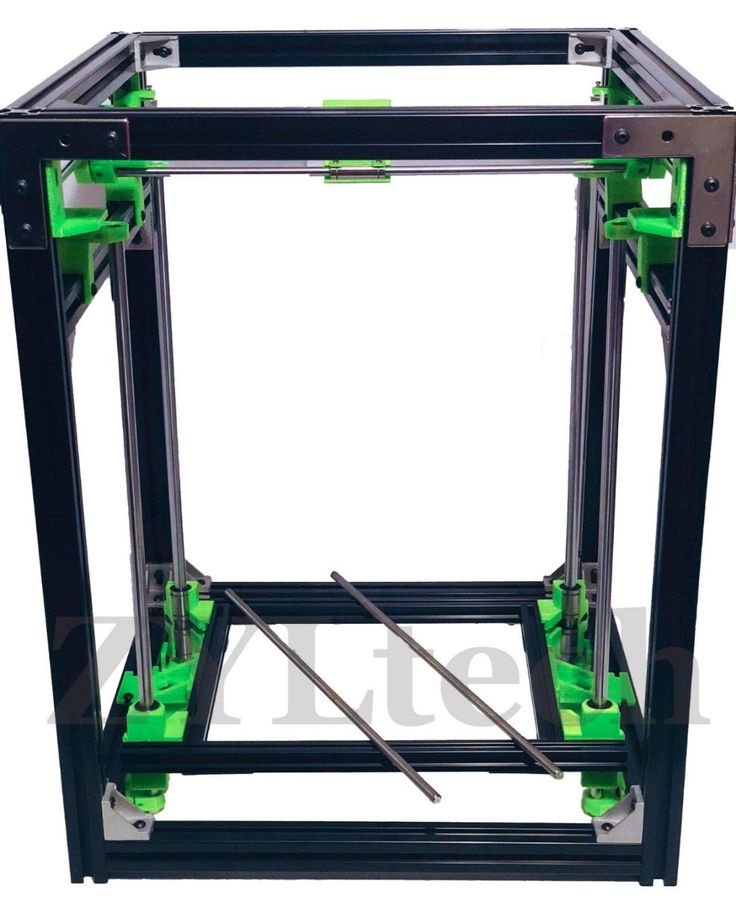
Home wind generator
In Russia, "clean" energy sources are not very popular because of their high price. 3D printing helps enthusiasts design and build low-cost models of wind turbines.
3D printed home wind turbine
In an apartment building, there is hardly a place where a wind generator will be effective, but for example, in a country house, it can be a good helper in case of a power outage.
Wind turbine production optimization
An industrial wind generator is a complex mechanism of gigantic size.
Industrial wind turbine blade
Using only 3D modeling techniques, it can be difficult to correctly calculate all parameters. Thanks to 3D printers, it is possible to create a miniature copy of a wind turbine and test it in a wind tunnel. This helps to optimize and refine the design of wind generators, making them more efficient.
Prototype wind turbine being tested in wind tunnel
And some companies offer to print towers for wind turbines on a 3D printer.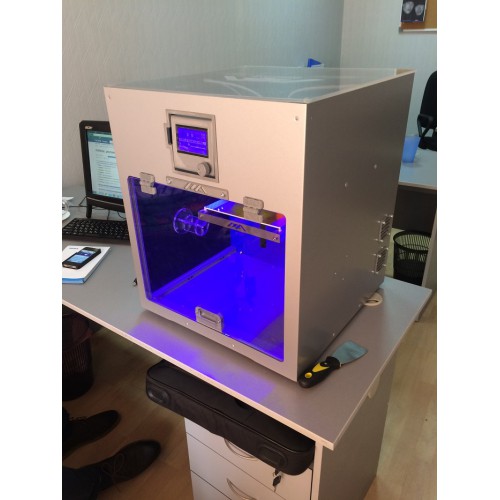 GE Renewable Energy, 3D printing specialists COBOD and LafargeHolcim (a manufacturer of cement and other building materials) have teamed up to develop the world's tallest wind turbine towers. This will reduce the cost of installing wind turbines and make them higher (200 meters instead of 100) than from other materials.
GE Renewable Energy, 3D printing specialists COBOD and LafargeHolcim (a manufacturer of cement and other building materials) have teamed up to develop the world's tallest wind turbine towers. This will reduce the cost of installing wind turbines and make them higher (200 meters instead of 100) than from other materials.
3D printed wind turbine tower
After all, the higher the wind generator, the more electricity it can generate in a year. For example, a 5 MW turbine at a height of 80 meters will generate approximately 15.1 GWh per year. The same turbine at a height of 160 meters - 20.2 GWh per year, which is 30% more.
Solar energy
Solar energy is obtained using special panels, consisting of photovoltaic cells, in which a series of physical and chemical processes take place under the influence of sunlight. There are several types of solar cells - monocrystalline, polycrystalline, amorphous (flexible, film).
In Russia, solar batteries are not very common due to the unprofitability of their use in high latitudes.
Currently, developments are underway for the production of panels on a 3D printer, but the main use of 3D printing in solar energy is to print prototypes and accessories for panels.
Accessories for solar panels
South Dakota-based Peppermint Energy created FORTY2. FORTY2 is a portable solar panel with enough power to run a laptop, lighting, etc.
For the production of a prototype case, 3D printing was used on an industrial Stratasys printer. Thanks to 3D printing, it was possible to quickly produce several functional prototypes of the case and remove all the flaws.
For example, the first version of FORTY was too bulky and inconvenient to transport. The original design was greatly simplified. The use of a 3D printer has reduced production costs by about $250,000.
Hydropower
Most renewable energy sources (solar, wind) are fickle. Electricity obtained in this way must be “stabilized” - stored in batteries.
Water in this regard is more predictable. Industrial hydroelectric power plants have a number of disadvantages. For example, flood risk, desertification, human migration, etc. Small hydro-generators, in general, are devoid of the shortcomings of their industrial counterparts and do not have such a devastating effect on the environment.
Vortex turbine
The Belgian startup team Turbulent is trying to create a compact hydroelectric generator that is enough to provide electricity to 1-2 private houses. This will help people who are far from the power grid to provide their homes with electricity using the energy of streams or small rivers.
Hydro generator prototype from Turbulent
To make the turbine more accessible and cheaper, 3D printing has been chosen as a manufacturing method. According to statistics, 1.3 billion people do not have access to electricity networks, even more residents have constant power outages and are forced to use other, not environmentally friendly, energy sources (for example, gasoline / diesel generators).
River turbine
Ted Christopher spent several years developing a prototype river turbine capable of generating electricity without impacting the environment. The result of his developments was the Volturn system, named after the god of the river in Greek mythology.
The Volturn has a horizontal design that generates power and deflects river debris such as rocks, plants or logs.
The prototype was 3D printed and tested in local rivers. 5 turbines combined into a single system will be able to provide electricity to about 40 houses.
Plastic recycling
Plastic. Its properties, for the modern world, become both a salvation and a curse for the environment. On the one hand, plastic products are light and durable, you do not need to spend a lot of time on their manufacture. At the same time, not all types of plastic can be recycled. On average, a plastic product can decompose from 400 to 700 years, and unfortunately plastic rots not only in landfills, but also pollutes nature and the oceans.
Filament recycling
During 3D printing, plastic debris is inevitably left behind. These can be model supports or broken products, during the printing of which something went wrong.
3D printing failed
But used plastic can be shredded, mixed with fresh pellets, and reused (as long as the plastic is not biodegradable). In this case, 3D printing becomes almost waste-free.
On the Internet, you can find many options for home machines for the production of plastic thread. It can be a self-assembly machine, partially printed on a 3D printer.
Home self-assembly filament machine
Or a finished machine made at the factory. Pellets for plastic production can be easily ordered online.
Home filament machine
Plastic bottle filament
In addition to recycling used filament, enthusiasts have learned to print even from plastic bottles.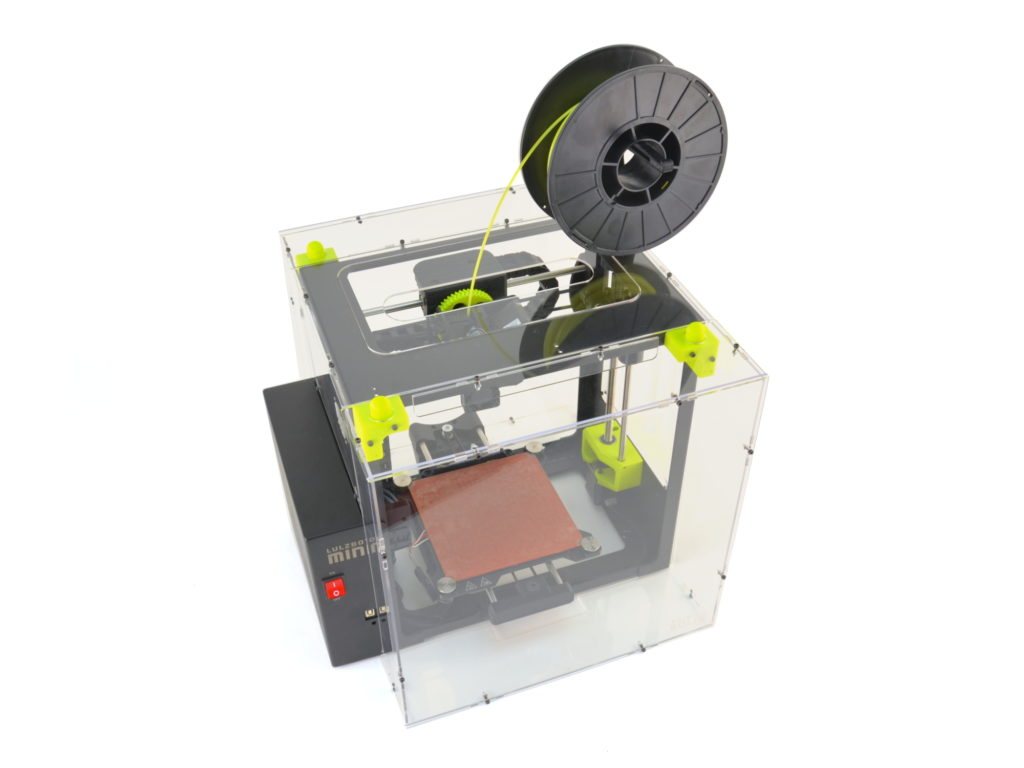
Homemade machine for making plastic thread from plastic bottles
Every day, around 100 million plastic bottles are used and thrown away around the world, and only 20% of them are recycled or reused. A plastic bottle can take up to 450 years to decompose! The use of plastic bottles as a material for a 3D printer will give them a new life in the form of useful things for the home.
Bottle printed spool
3D printed bottle gear
From one bottle, from 15 to 30 grams of plastic filament is obtained.
Totals
3D printers still have a long way to go to become truly sustainable, but even now, despite the imperfection of the technology, they can help reduce environmental pollution.
Already now, thanks to 3D printing, many good deeds are being done - it is possible to improve production technologies, even if only a little, to reduce the amount of emissions into the atmosphere and, of course, to try to restore the fragile natural balance.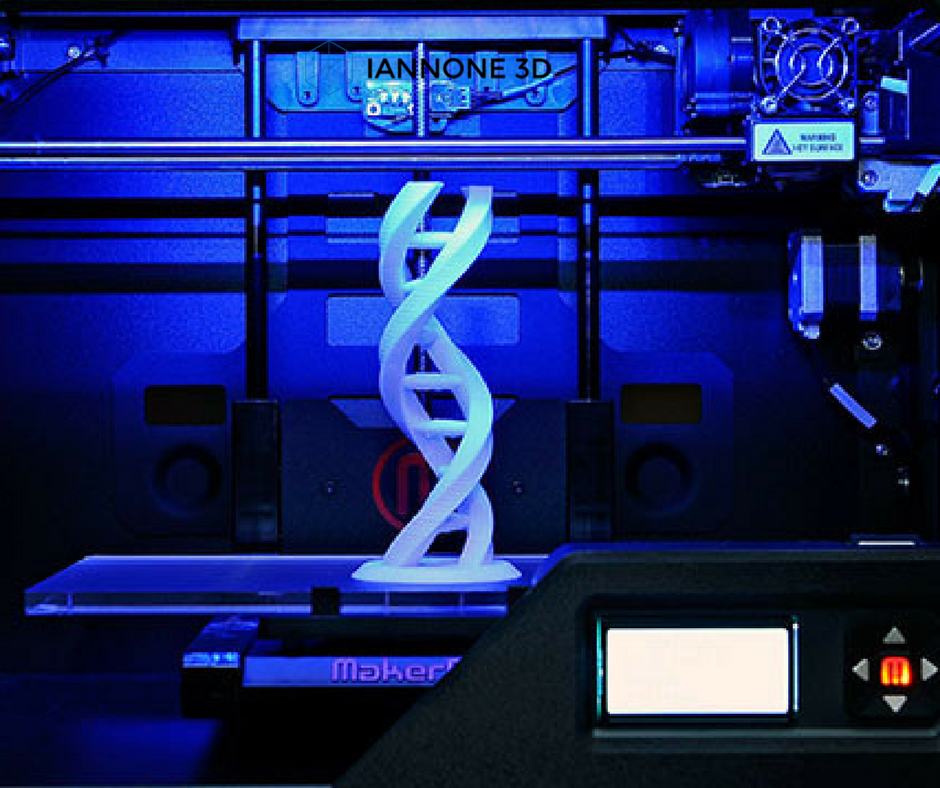
It is important to remember that a 3D printer is just a tool and it depends only on the consciousness of a person whether it will be useful or continue to replenish landfills with unnecessary plastic waste.
Are 3D printers harmful to the environment?
Archive
Subscribe to the author
Subscribe
Don't want
The level of carbon dioxide in the atmosphere has long exceeded the permissible norm, and it is very important for all mankind to continue developing technologies that can clean the air and improve the living conditions of future generations. Instead of rejoicing at the release of a new device, turning a blind eye to its subsequent impact on the environment and the environment, today we need to first of all think about our future, and only then create something new. Let's answer the following question - how "green" are 3D printers? Are 3D printers harmful to the environment?
Many sources reveal both the positive and negative sides of 3D printing.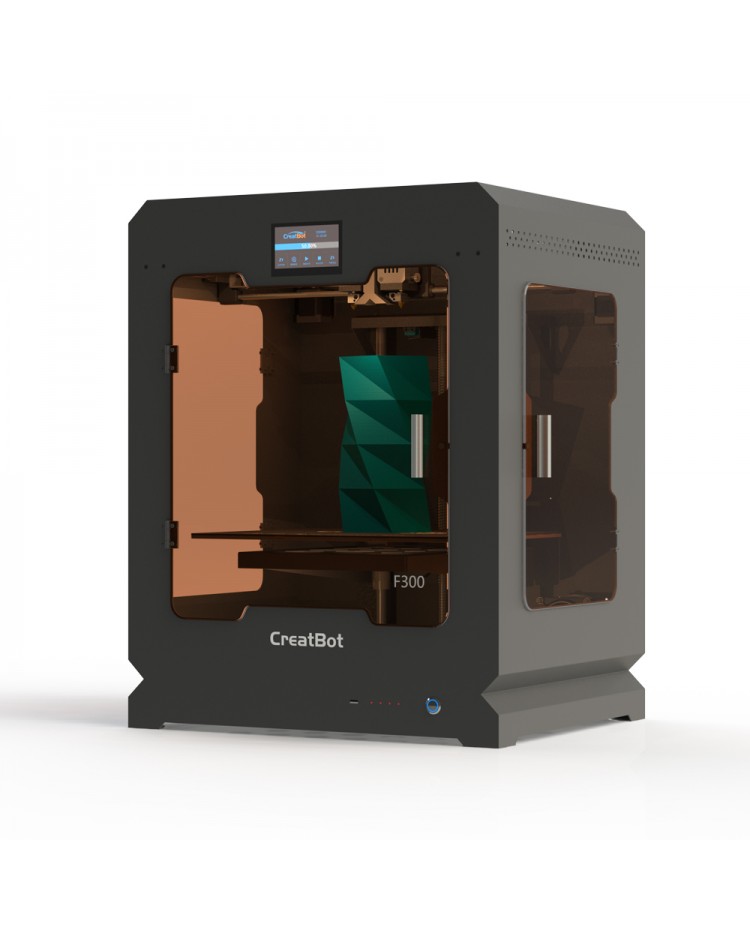 Some professional analysts predict that the total value of the 3D printing industry could reach $5 billion soon. Professor Martin Beumers from the University of Nottingham says in his blog that if you compare the capabilities of 3D printers with other devices for the production of parts, they consume much less of the planet's resources. And this means that such devices will produce much less waste.
Some professional analysts predict that the total value of the 3D printing industry could reach $5 billion soon. Professor Martin Beumers from the University of Nottingham says in his blog that if you compare the capabilities of 3D printers with other devices for the production of parts, they consume much less of the planet's resources. And this means that such devices will produce much less waste.
Also worth checking out is the ATKINS project, which measures the carbon footprint of 3D printers. According to experts from Loughborough University, 3D printing is not as “green” as it is made out to be. Professor Richard Haig of the same University of Nottingham, in collaboration with the research firm Econolyst, measured the power consumption of some 3D printer models and the amount of electricity consumed, which is required to operate a standard device for the production of parts. It turned out that only printers using the selective laser sintering method consume too much energy. But there are other models of devices that “eat” less electricity. “We are already starting to make plans to create 3D printing devices that will consume less electricity. Our main goal is to reduce the level of energy consumption,” Professor Haig said.
But there are other models of devices that “eat” less electricity. “We are already starting to make plans to create 3D printing devices that will consume less electricity. Our main goal is to reduce the level of energy consumption,” Professor Haig said.
In an interview with 3DPrintUK CEO Nick Owen explained that 3D printers produce parts more slowly. It turns out that printers use much more energy and so far they cannot be used in mass production. However, 3D printing devices also have a positive side - if a part made of plastic breaks, then it can be remelted. But here another problem arises - over time, the strength of plastic decreases.
RCC has a different take on the "sustainability" of printed products. In any case, a part made using a 3D printer does much less harm to the environment. After all, such a device allows you to produce parts with a very complex geometric structure - which means that developers will have the opportunity to make the object more compact and light.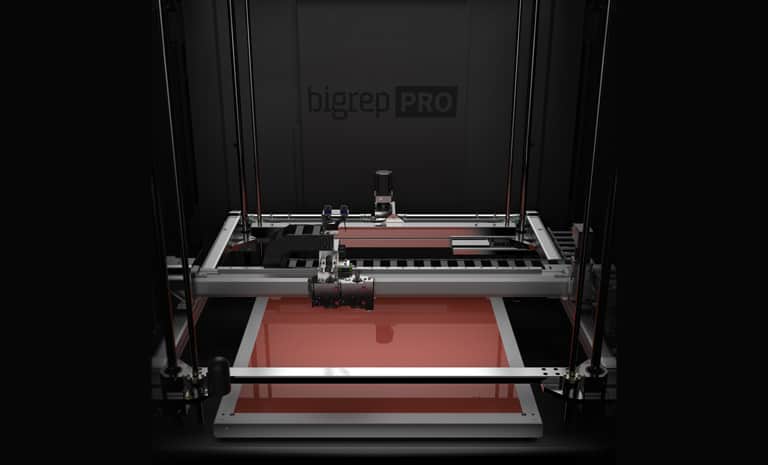 After all, the lighter the mass, for example, of a car, the less fuel it consumes. Thus, 3D printers can reduce fuel consumption.
After all, the lighter the mass, for example, of a car, the less fuel it consumes. Thus, 3D printers can reduce fuel consumption.
The usefulness of a 3D printer in the field of creating parts for the aerospace industry cannot be overestimated. The benefit of producing components using such devices is very simple to describe - if you can reduce the weight of the aircraft by 100 kilograms, then you save 2.5 million dollars.
In conclusion, we can say that while 3D printers are not "green" to the end. But times are changing, and if developers can achieve a higher level of "greenness", then 3D printing devices will be used everywhere!
Article prepared exclusively for 3dtoday.ru
Follow the author
Follow
Don't want
Even more interesting articles
7
Subscribe to the author
Subscribe
Don't want
So, you are thinking about the possibility of making money on 3D printing.


